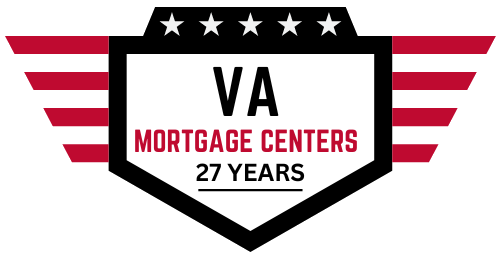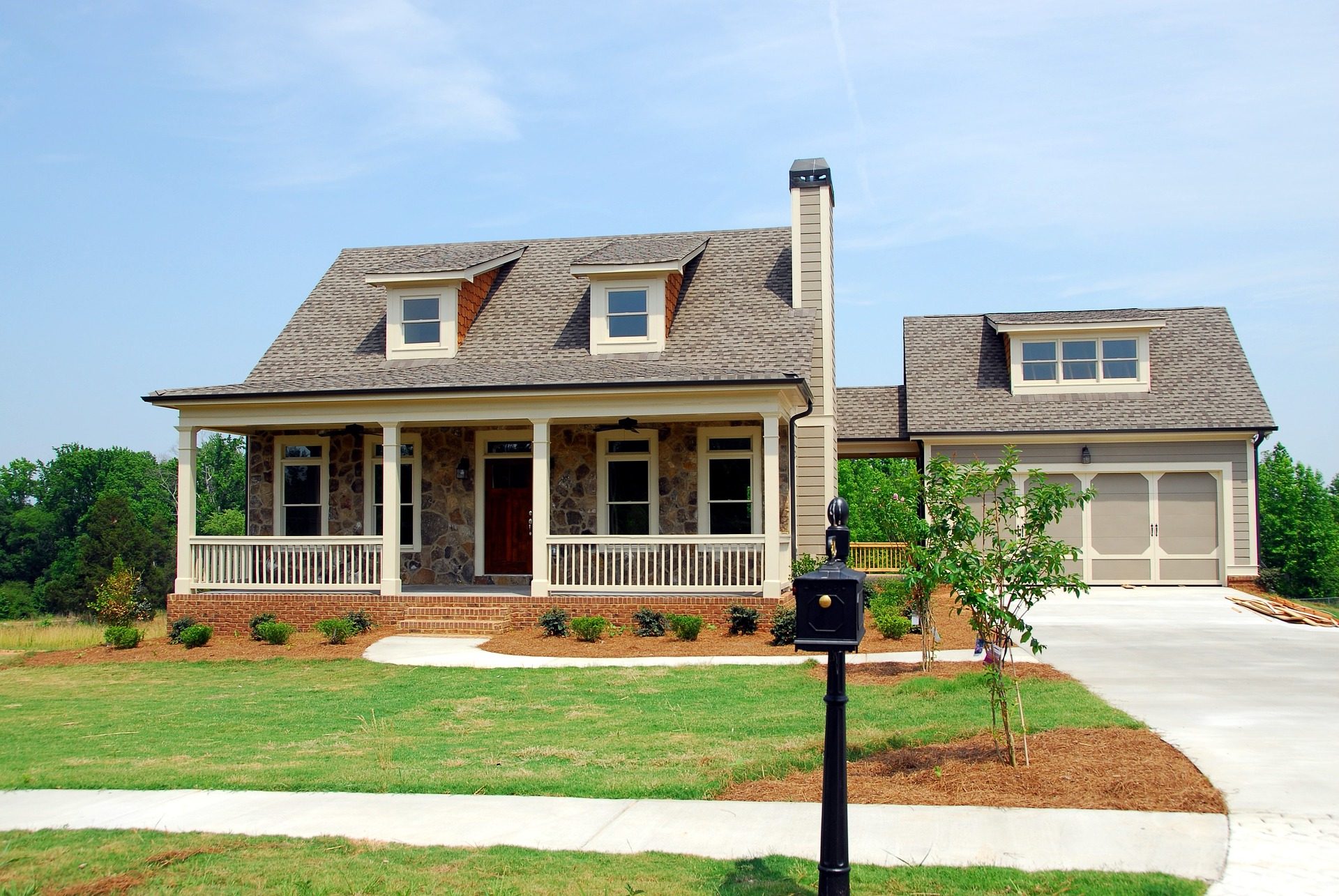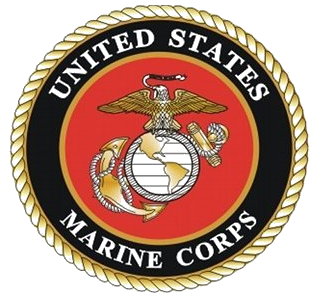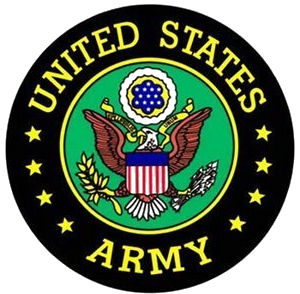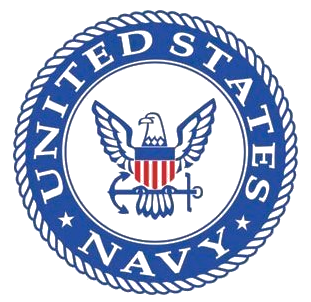Buying a Home with a Arlington village VA Loan
A Arlington village VA purchase loan helps service members and Arlington village veterans become homeowners. The Arlington village VA loan program was designed to offer veterans and eligible surviving spouses a way to get long-term financing for a Arlington village, WI home when they might not be able to otherwise. It’s easier to qualify for a VA purchase loan in Arlington village than it is for a traditional mortgage, and it can be a great option for the more than 22 million veterans and active members of the military. Find out how a Arlington village, Wisconsin VA loan can help you get into the home of your dreams. Most members of the military, veterans, National Guard members, and reservists are eligible to apply for a Arlington village VA purchase loan. Spouses of military members who died during active duty or because of a service-connected disability may also be eligible, as are military spouses in some other situations. We are ready to help you determine whether or not you are eligible for a VA loan in Arlington village, Wisconsin and the benefits it provides.
Get the Best Arlington village, WI VA Mortgage Rate
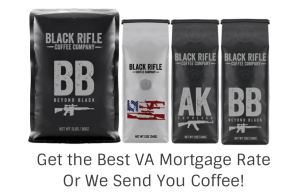
I’m Confident and Ready to Start My Online Application.
If your looking for a personal Arlington village, Wisconsin VA mortgage experience you’ve come to the right place. Get the best of both worlds with a designated VA professional and technology. What’s even better are the lower rates, no upfront fees and fast closings. Rates so low the nations largest VA lenders panic when consumers find out about our Arlington village, Wisconsin VA mortgage rates. Connect with your personal Arlington village VA loan expert by calling 888-208-9797
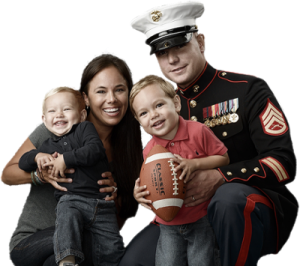
Find my Arlington village VA Rate!
Safe, Secure, No Obligation Quotes
5 Star Rankings Since 1997

Call the Arlington village VA Question and Pre-Approval Hotline
1-888-767-0554
Work with a Local VA Mortgage Team near Arlington village, Wisconsin
A VA approved lender; Not endorsed or sponsored by the Dept. of Veterans Affairs or any government agency.
The Arlington Village Historic District is a national historic district located at Arlington County, Virginia. It contains 657 contributing buildings (including 656 apartment units) in a residential neighborhood in South Arlington. The area was constructed in 1939, and is a planned garden apartment community that incorporates recreational areas, open spaces, a swimming pool and courtyards within five superblocks. It also includes a shopping center consisting of six stores. The garden apartments are presented as two-story, brick rowhouses with Colonial Revival detailing. There are three building types distinguished by the roof form: flat, gambrel, or gable. Arlington Village was the first large-scale rental project in Arlington County and the first Federal Housing Administration-insured garden apartment development.[3] It was listed on the National Register of Historic Places in 2008.[1]
Arlington Village was the sixth FHA project built by Gustave Ring in 1939. It was designed by Harvey Warwick, a Washington architect who had designed Colonial Village with Ring in 1935. Ring and Warwick applied the concept of the successful Colonial Village to Arlington Village. Gustav Ring, born in Weston, West Virginia in 1910, grew up in Washington and graduated from George Washington University with a degree in engineering.[4] In July 1939, Ring, now a successful businessman, had developed $37 million of the FHA’s $100 million of rental housing insurance. For Arlington Village in 1939, Ring bought 33 acres of potato patch from B. M. Smith across from the Hull house for $362,000, with the rest of the 53 acres purchased from a number of other parties. He believed the location was key for Washington suburban expansion.[5]
